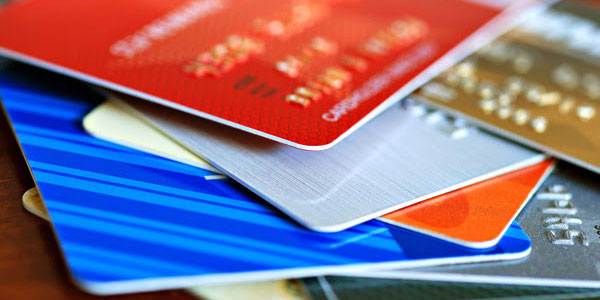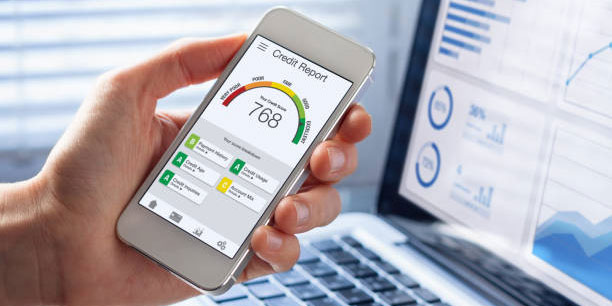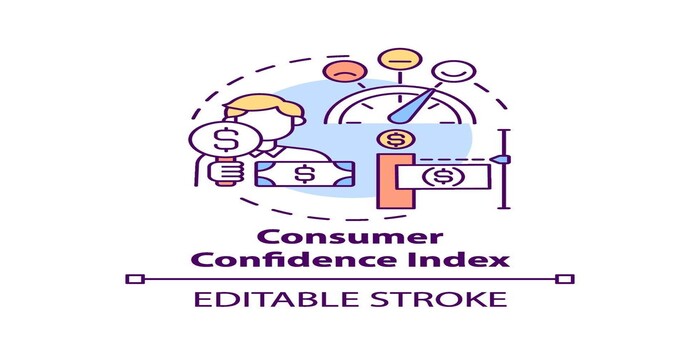According to the Nilson Report, the debit card purchase value was $3.019 trillion in 2017, the latest numbers available as of February 2020. You may not be aware that debit card fraud might cost you more money than if you had used a credit card to make a transaction, even if you avoid credit card debt by using a debit card. Using a debit card means that your bank account is debited when you make a transaction, as you surely already know. If your debit card number is used illegally, you might be held liable for some or all of the resulting costs.
Unauthorized Debit-Card Charges
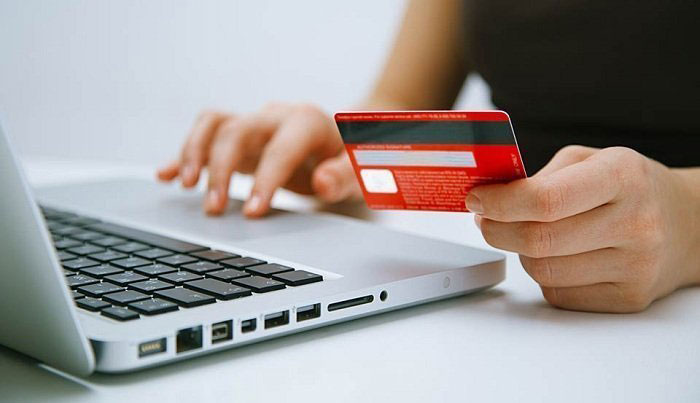
Within 60 days of getting their debit card statement, the National Consumer Rights Center advises consumers to alert their banking institution of any unauthorized charges on their account. To report to the card issuer if a physical card is lost or stolen, consumers have two business days after discovering the loss.
Losses of more than $50 will be avoided if this strategy is followed. They might lose up to $500 if they don't. They may not get any money back if they wait months to tell the bank. To ensure that clients are not held liable for any charges that are later determined to be fraudulent, several banks have enhanced the security features on their debit cards. In particular, this is true if customers report any fraudulent transactions right away.
Keep Your Debit Card Safe with These Guidelines!
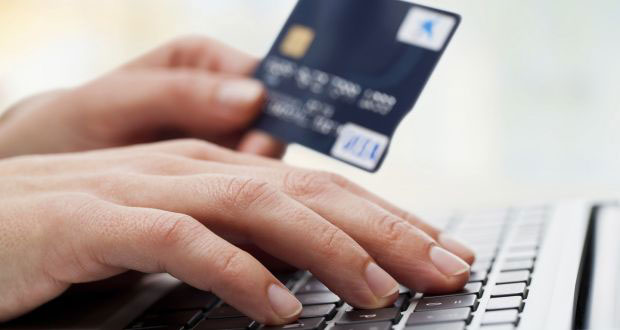
Follow these guidelines, and you'll be OK.
Check bank statements regularly
Make it a practice to check your bank account online at least once a week, or perhaps every day, to ensure that your bank provides comprehensive fraud protection.
Change your PIN often
A reminder to change your debit card PIN if you haven't done so recently. Why? To protect yourself against debit card information theft, you should change your PIN periodically. Changing your PIN every three to six months is a decent rule. Also, avoid using your personal information in the password, such as your date of birth or any other identifying information. Your social media profiles provide easy access to this type of data. Fraudsters will have an easier time gaining access to your personal information, figuring out your PIN, and withdrawing money.
Avoid debit cards online
A fraudulent credit card transaction might take longer for your bank to execute and can result in a dispute rather than an immediate withdrawal of funds from your checking account. An unbroken key or a padlock are examples of security symbols that the Federal Reserve Bank of San Francisco suggests you look for before placing any online orders to ensure that your information is secure.
Only use bank ATMs
Thieves may install a "skimming" device in ATMs found in convenience shops, subway stations, airports, and other public areas, which may collect and retain your debit card information. This can happen at a bank, but it's far easier to pull off in an unguarded location.
Don't use public wife for finances.
The best way to secure your password and account information from hackers is to use a password-protected Wi-Fi___33 signal while checking your bank balance, paying your bills, or shopping.
Any issues should be reported promptly.
Aside from the obvious case when your wallet is taken, and your credit and debit cards are gone, you should also report any suspicious activity immediately.
Police report
If your debit card is stolen, you may wish to inform the police and save a copy of the police report to have further evidence when requesting reimbursement from your bank.
Create a customized security profile
You may make up any security questions you want, as long as you remember the answers. Cons can easily get into your account if you use a pet's name or your mother's maiden name. Consistent replies are required; they do not need to be truthful.
Get Mobile Alerts by Subscribing
Observing irregular debit card behavior is a good first step in spotting a probable scam. If you want to see how much you owe on a debit card EMI, you may do so by checking your monthly account statements. The only problem is that it's already too late when you notify your bank of this action.
Instead, sign up for smartphone notifications. Every time an account activity occurs, the amount transferred, the method used, and the date and time of the transaction are all included in these notifications. As a result, you'll be able to spot suspicious activity on your card and report it to the bank immediately soon. Your account will be protected from additional losses due to this action.
The Verdict
You may enjoy the ease of continually using a debit card, but it won't be so handy if someone tries to deplete your checking account. A bad debit card experience may be avoided with a little foresight and the adoption of a few new behaviors.
